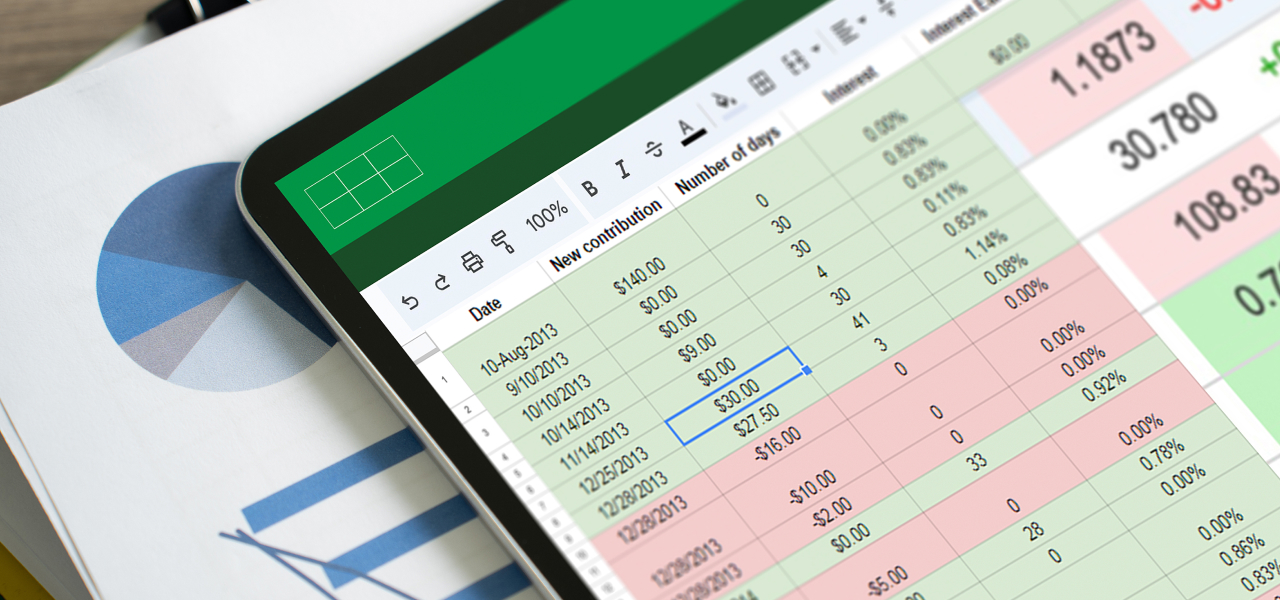Navigating the Family Office Landscape
Traditional investment managers may use their intuition to spot new customers, but it is not always practical for a small team or one person to keep in touch with a large number of prospects. Family office performance reporting involves building long-lasting connections. This is a science, but many family offices or investment managers do not give their communication methods enough thought. Teams in charge of marketing and investor relations should organize contacts into an investor intelligence center, use targeted segmentation to organize contact schedules, keep abreast of allocator news, staff changes, and strategy preferences, and use this data along with previous allocation trends to guide outreach. All of this needs to be completed while ensuring the protection of private information and documents, and it might be necessary to do so around-the-clock, anywhere in the world.

Generational Differences in Client Communication
According to study findings, there are noticeable disparities in communication preferences between generations when it comes to one-on-one interactions. Even though face-to-face meetings are typically favored, the preferred format of meetings varies widely. Regardless of the style of meeting—formal at the advisor’s office, formal at the client’s workplace or home, or an informal catch-up—email communication was consistently preferred.
There were large generational differences among the meeting kinds. While Gen Y had a high preference for informal catchups (twice as much as Baby Boomers did), Gen X and Gen Y both preferred formal meetings at the advisor’s office half as much as Baby Boomers did. Notably, email communication was preferred by all generations to phone calls, with Gen X somewhat favoring email over any kind of in-person meeting. However, none of the generations (not even Gen Y) expressed a strong preference for texting or Skype video conferences as their main form of contact.
More generational inequalities in one-to-many communication developed. Gen Y shown a strong preference for digital/social media communication as a one-to-many method (encompassing not just the presence of an adviser “app” but also more conventional social media channels like Twitter and Facebook). Beyond social media, Gen Y also favored electronic newsletters as a backup option, with less than one in four of them showing interest in printed material or newsletters. Baby Boomers did not have a significantly higher preference for written communication, with little more than one-third favoring printed information. Baby Boomers did, however, demonstrate a definite preference for email-based electronic newsletters over digital and social media outlets.
The Main Challenges of Family Office Performance Reporting
Investment reporting has long been used as a method of delivering historical data on a regular basis. It is now, however, the cornerstone of customer relations and portfolio management. Reporting can evolve into more than simply a one-way broadcast of outdated information with a completely digitalized and automated process. The customer experience could be redefined.
Delivering and demonstrating stronger returns is now more crucial than ever due to increased competition and sector consolidation, which calls for improved analytics and reporting.
Asset managers, family offices, and trustees in the investment management industry encounter several reporting difficulties. The difficulties that these three groups experienced are listed below.
Asset Managers
Asset managers deal with a variety of difficulties every day. Consolidating data from numerous sources, including PMS, administrators, prime brokers, and data providers, is one of these difficulties. Effectively managing regulatory reporting requirements is another difficulty. Additionally crucial are satisfying institutional risk criteria and responding to client inquiries promptly. Furthermore, complicated risk platforms might be difficult for asset managers.
Family Offices
Family offices can encounter a number of difficulties at work. Poor coverage across liquid and illiquid assets is one of these difficulties. Having trouble understanding ownership structures that are complex and dynamic is another problem. Other significant difficulties faced by family offices include the generation of complex analytics and guaranteeing the promptness of reports.
Fiduciaries
The problems that fiduciaries encounter in their profession are numerous. Among these difficulties is compiling data from many sources. Manual bookkeeping is an additional difficulty. Additionally crucial are timely client requests and avoiding the use of out-of-date data.
Features to Look for in a Good Family Office Performance Reporting System
A decent performance reporting system should have a number of aspects that you should take into account. To enable actual user report interaction and visualization to aid in more effectively communicating complicated information, these include integration with well-known visualization tools like Power BI and Tableau. Additionally, the system should be able to generate financial, performance, and shareholder reports that are suitable for presentations. It should also be possible to plan and automate report generation so that it runs on a regular basis at any period that the user selects.
Drill-down options enabling transparency into specifics of all underlying investments categorized by entities, families, investments, or portfolios are a crucial characteristic to look for. It’s crucial to integrate with well-known industry apps and APIs to enable instantaneous inclusion of complex operations in accounting and analytics. This enables you to manage corporate structures, investment activity, and conduct custom analysis and reports by linking data directly from the system.
Interactive Performance Reporting
Another useful feature is interactive reports that customers can access on their desktops, tablets, or mobile devices. Additionally, interactive reports can be sent online to client sites through a secure portal or emailed by email. The security of all data should be guaranteed by bank-level encryption, multi-level approvals, and extra security mechanisms.
Financial data collection, agglomeration, reconciliation, processing, and storage procedures must all be considered. A good performance reporting system should collect data from custodians, brokers, and other sources automatically and publish it to a consolidated general ledger utilizing the “continuous accounting” concept. As a result, you can generate reports and calculate NAV before the period ends. Other notable features include a consolidated general ledger that serves as a single source of financial data for portfolio, partnership accounting, and reporting, workflow automation, and the elimination of dependency on Excel spreadsheets or error-prone manual input.
A good performance reporting system should collect data from custodians, brokers, and other sources automatically
Summing it all Up
Finally, a good performance reporting system should have drill-down capabilities, integration with well-known industry apps and APIs, interactive reports, continuous accounting, data aggregation from custodians, brokers, and market data sources, as well as automatic reconciliation between data sources. It should also be able to create presentation-quality financial, performance, and shareholder reports.








